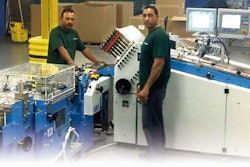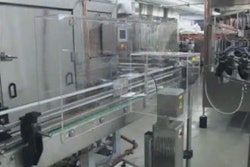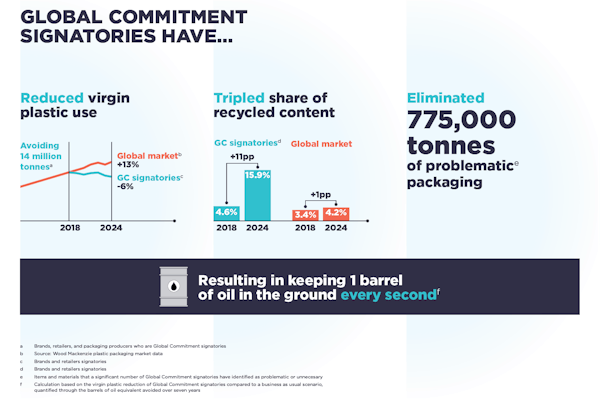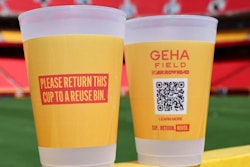Nestlé is adapting the packaging of some of its products to ensure consumers of all ages can use them without difficulty.
One approach, established by the University of Cambridge in the United Kingdom, is called “inclusive design.”
Inclusive Design is a process that seeks to develop product design to meet the needs of more people. Nestlé is reportedly the first food and beverage company to adopt this method following its partnership with the university in 2009.
“Nestlé is taking a lead role in the development of this design philosophy,” says David Wiggins, head of packaging at Nestlé U.K. “Inclusive design allows us to move from good design to great design. It is about pioneering design that benefits all our consumers.”
Nestlé also aims to make its products safe to use, maintain freshness, provide easy-to-understand instructions, and minimize waste.
“Putting the consumer at the centre of packaging development means creating products and packaging that are easy to use regardless of age, disability, or physical condition,” notes Anne Roulin, global head of packaging and design at Nestlé.
Package design for arthritis sufferers
In Australia, a special pair of gloves--designed by researchers at the Georgia Tech Research Institute in Atlanta—is helping Nestlé understand the impact of arthritis. Nestlé packaging experts used the gloves on five of the company’s most popular products to simulate the way the debilitating disease restricts an arthritis sufferer’s movement and strength.
As a result, the company launched an Accessibility Benchmarking Scale last year with Arthritis Australia. The scale allows packaging designers to predict how many people can use their packaging.
“Consumers want packaging that is easy to open and products that are easy to use,” says Fergal Barry, Arthritis Australia’s strategic partnerships manager. “But the challenge for manufacturers up to now has been to determine how well their packaging is performing. The scale challenges their perceptions,” he added.
The move by Nestlé Australia to redesign some of its packaging has been welcomed by arthritis sufferer Wendy Favorito, a 41-year-old speech pathologist from Sydney. Since she was diagnosed with juvenile arthritis at the age of six, everyday tasks such as making her children’s lunches or opening bottles have been extremely difficult.
“Every day of my life I’ve struggled with packaging, so this move by Arthritis Australia and Nestlé is really liberating--it will certainly give me more independence in my day-to-day life,” she says. “If I can open a package easily then it’s certainly more appealing to buy, not just to me, but also the aging population.”
Key brand asset
Nestlé is already creating easy-to-use packaging as a result of its design process.
The Nescafé Gold packaging was redesigned last year to make the company’s coffee product easier to use with a new easy-to-hold jar, a “click and lock” screw cap, and an easy-peel foil membrane.
“We wanted to develop a new Nescafé Gold jar, so gaining consumer insight was the first step,” explains Philippe Domansky, who led the jar redesign at Nestlé’s Product and Technology Centre in Orbe, Switzerland. “Clearly consumers loved the shape of our existing jar; so it was a key brand asset we needed to keep. Our new jar design looks more modern, while maintaining the fundamental shape that says Nescafé Gold coffee,” he adds.
Easy to use
Nescafé Gold is not the only Nestlé product that has had a design revamp. In the U.S., the company launched new packaging for its ready-to-drink brand Boost (shown in the before and after photo) in February last year. The complete nutritional drink range is targeted at elderly people who are malnourished or at risk of malnutrition.
To make it easier for such consumers to use the Boost product range, a global team of Nestlé experts worked together to redesign the packaging. Improvements include an easy-to-grip bottle, easy-to-open cap without the inner seal, and easy-to-handle multipack holders. Watch how Boost has improved its packaging by using the slide tool.



























